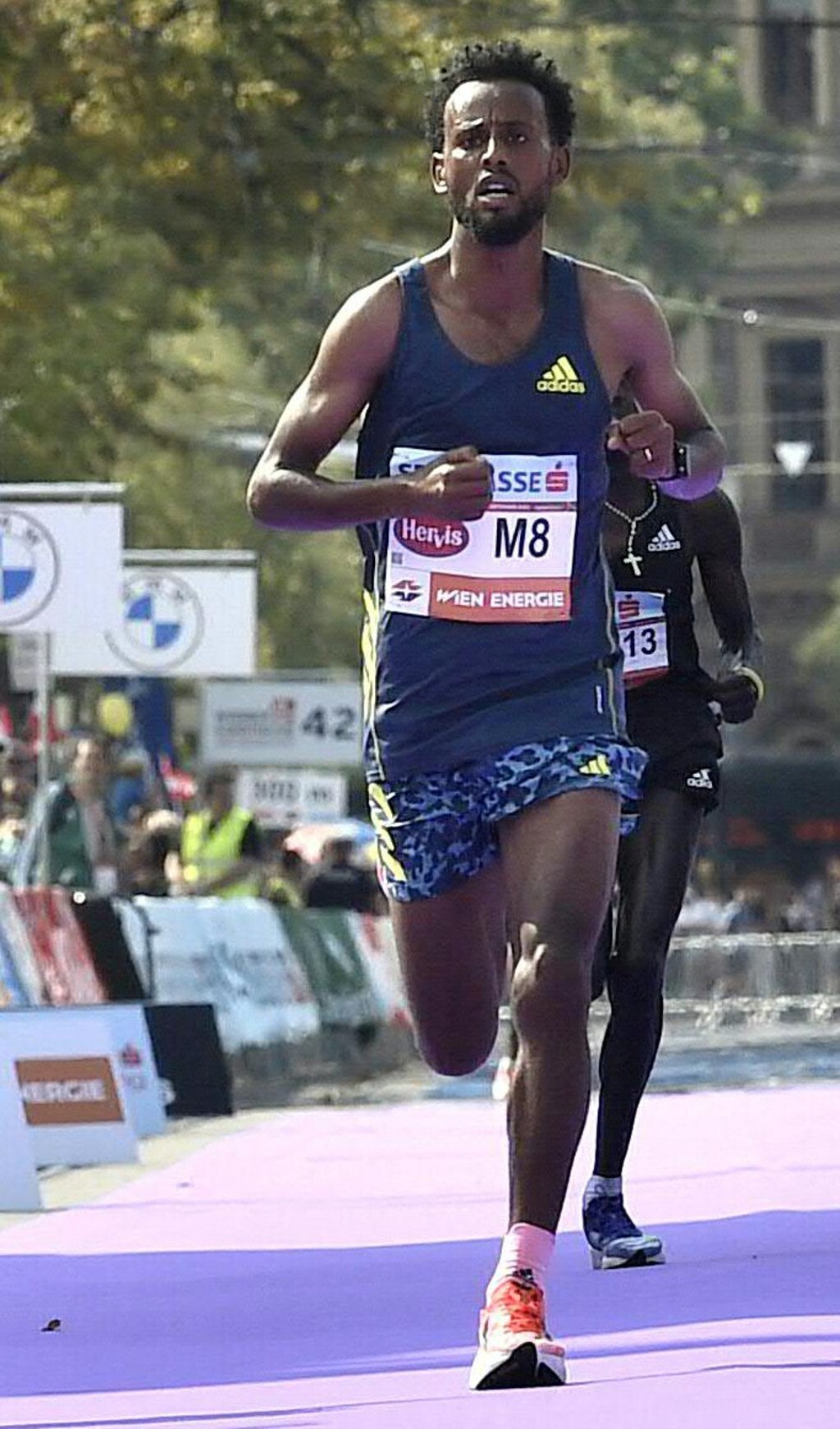Explainer | Why are some shoes banned in running? Vienna City Marathon follows strict IAAF rules on sole thickness
- Following the disqualification of Derara Hurisa at the Vienna City Marathon, many wondering what was the issue with his shoes
- Nike’s Vaporfly carbon plated shoe sparks a debate and rules around shoe technology in running

There are strict and well defined rules around what shoes athletes can run in during athletics events following a flurry of advances in shoe technology that is deemed to give some athletes an unfair advantage.
What are the rules?
In January 2020, World Athletics (formerly the International Amateur Athletic Federation or IAAF) released a memorandum with updated rules as to what constituted “acceptable” shoes.
The rules had two main updates: firstly, a shoe could not have more than one carbon plate or similar material unless it was “to attach spikes to the outer underside of the shoe”; and secondly, a shoe’s sole could not be thicker than four centimetres. And spikes could not have a sole thicker than 3cm.

Why are these the rules in place?
In 2016, Nike released a shoe that had a carbon plate in the sole. In theory, the plate propelled the foot forward thus preserving runners’ energy, making the athlete 4 per cent more efficient, according to Nike. Quickly, other brands followed suit and you can now buy carbon-plated shoes from a number of manufacturers such as the Carbon X shoe from Hoka One One.